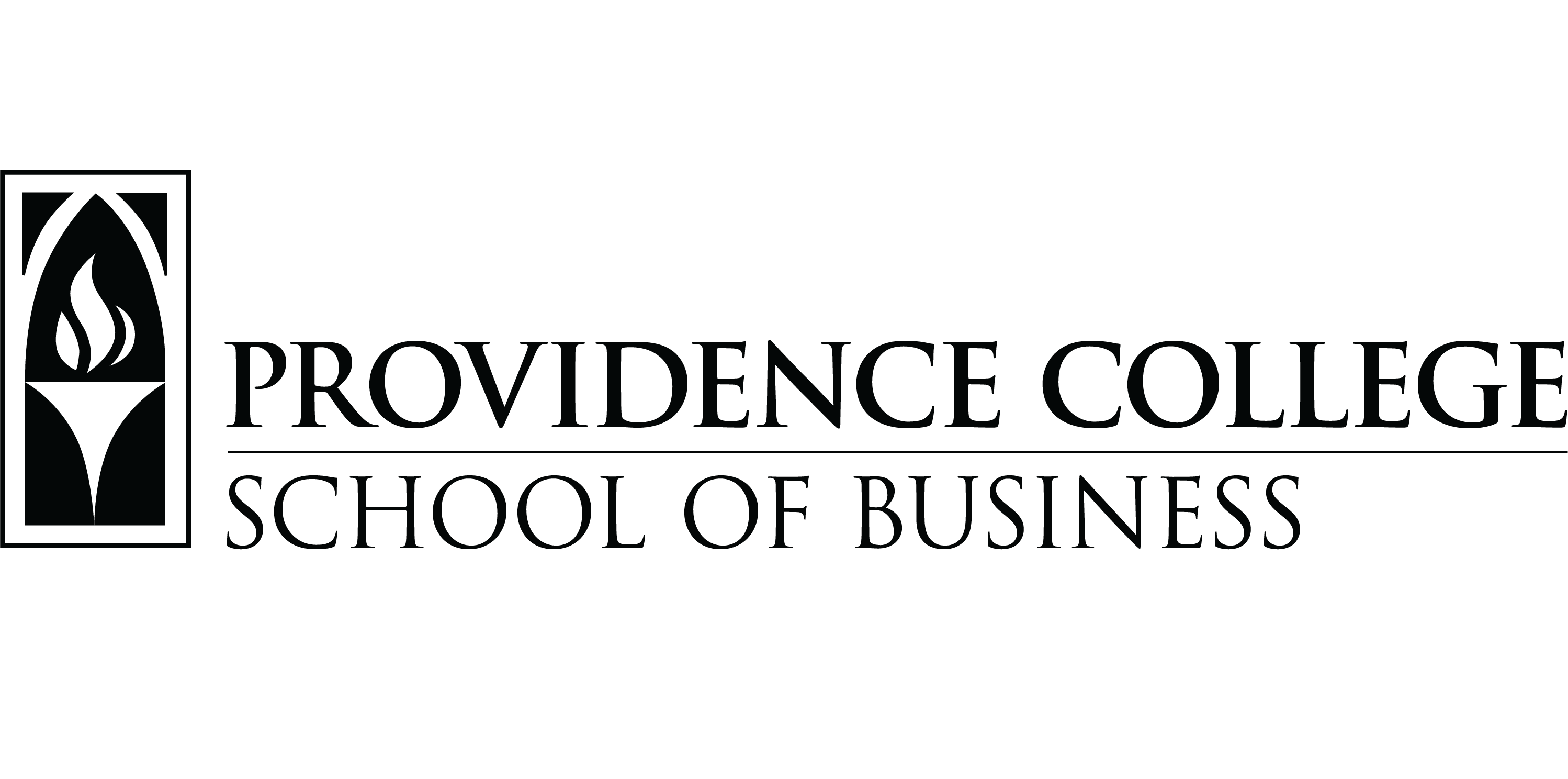
Georgetown University’s McDonough School of Business is the most expensive undergraduate business degree
A lot of fascinating numbers came out of Poets&Quants‘ first in-house ranking of undergraduate business programs. There are the acceptance rates at the top 50 schools, and Class of 2014 alumni rated their experiences at the schools on a host of key questions. Future articles will dive even more deeply into the investigative trove yielded by the survey results, including a look at student debt, SAT scores, and schools with the most students studying abroad and most study abroad options.
Of particular interest to prospective B-school applicants — and, no doubt, their parents — is the total cost of four years of attendance, culminating in an undergraduate business degree, at each of the 50 institutions. (P&Q has compiled that information at the end of this article, listed by ranking, along with all available information on percentage of students with scholarships and average scholarship amount.) The range, depending on residency status, is anywhere from $71,058 to $279,190, with the low end representing the cost of an education at Brigham Young University’s Marriott School of Management — as long as you qualify in one very important category; more on that later — and the high end being the cost of attendance at Georgetown University’s McDonough School of Business. (Marriott is 20th in the inaugural P&Q ranking, while McDonough is fourth.)
Poets&Quants determined cost to include tuition and all university fees, as well as room and board, transportation expenses, and books and supplies. Tuition and fees can be calculated fairly easily; living expenses must be estimated. In most cases the schools themselves provided detailed estimates for the latter.
HOW SCHOOLS DETERMINE TUITION AND FEES
Obviously, living expenses vary widely depending on location. How, then, are tuition and fees determined? And what, exactly, are fees? Lynn Wooten, senior associate dean for student and academic excellence at the University of Michigan’s Ross School of Business, tells P&Q that for public schools at least, the profit motive is a nonfactor when it comes to determining how much undergrads pay to attend.
Public school boards of trustees, or, in Ross’s case, regents, “look at the cost associated with producing a college education and try to say, ‘Based on that cost, are we meeting that cost, and why do we need to increase it?'” Wooten says. “Traditional variables of cost — facilities, faculty, a huge infrastructure for information technology — all of those things go into it. People think college tuition has gone up a lot, but we’ve had some years at the undergraduate level where tuition hasn’t gone up, and our regents are pretty conservative about trying to hold the increase to minimal amounts — 4% or 5% increases. It really is driven by the cost to produce higher ed — that’s why you’ve seen tuition go up. It’s not a profit motive.”
Ross’s tuition process, like that of most public schools, is driven by a budget model, Wooten says, beginning annually when the provost’s office puts the budget together for the university as a whole. Based on that projected budget, she says, “they will go to whomever the governing board is and say, ‘OK, let’s try to keep tuition steady, or this is why we want to raise tuition, and this is what we want to provide with that raised income. Or it may just be the cost of inflation. One of the reasons why tuition has gone up a lot overall at universities is the infrastructure to run campuses, everything from study-abroad offices to career services, to libraries and IT support.”
And those ever-present fees? “Fees are just nominal administrative fees,” Wooten says. “They can be associated with anything from — depending on how the budget model works — things that relate to legal services, to student government fees, to registration fees. … For example, for 2016-17, Ross’s fee was about $328. It had four major components: a registration fee to run the registrar’s office; a student government fee, and we give a lot of that money back to student clubs; legal services; and then a sport-and-rec fee — we have pretty good intramural sport and recreation buildings here.”
NOT A MATTER OF KEEPING UP WITH THE KELLEYS (OR FISHERS, OR CARLSONS …)
Ross’s total cost falls near the middle of the spectrum of P&Q‘s top 50: $132,856 for in-state residents, $197,688 for out-of-state. Nor is Ross an outlier in comparison with its Midwestern public-school neighbors. The University of Illinois at Urbana-Champaign costs more, $142,840/$205,328, while Ohio State Fisher ($86,812/$159,580), Indiana Kelley ($83,565/$173,362), Wisconsin-Madison ($91,738/$183,137), and Minnesota Carlson ($118,731/$152,411) are not significantly cheaper. Michigan State Broad, meanwhile, is cheaper for in-state students ($114,202) but more expensive for out-of-state ($211,695).
Ross is 10th in the new P&Q ranking, while Kelley is seventh, Carlson 12th, Illinois 23rd, Wisconsin 29th, Broad 38th, and Fisher 41st, so cost has little bearing on overall rankings. Moreover, Wooten says, what its peer schools charge has no impact on what Ross charges — at least at the undergraduate level.
“Usually what (other schools) charge won’t go into our calculations, because for public institutions, the tuition dollars are based upon that particular state and how much allocation each institution will get from its government,” Wooten says. “At the MBA level and many graduate-school levels, yes, people will look at peer schools for tuition, but the undergraduate tuition is not determined by peer business schools — it’s university by university.”
WHAT’S THE LONG-TERM ROI?
Lynn Wooten never really left college. She got her undergraduate degree from North Carolina A&T State University in 1988, her MBA from Duke Fuqua in 1990, and her Ph.D. from the University of Michigan in 1995. Besides a stint at the University of Florida’s Warrington College of Business, Wooten has been at Michigan since the early 1990s. Moreover, “I’ve been in this profession all my life,” she says. “I went to college and went straight through.” So after many years in the classroom and the last five as Ross associate dean of undergraduate programs, she’s seen all the ups and downs and ins and outs of college life and knows the questions all prospective business students must ask themselves when it comes to financing their education.
“First I usually say to people, ‘How do you want to finance your degree? Are you going to finance it by savings, scholarship, loans?’ And then you have to think about why you are going to university — is it going to be a transformational experience for you that in some ways justifies that cost?” she asks. “And then the component that I think everyone wants to consider: What will be my long-term return on investment? And there are some polls that look at the ROI on the college investment. Do you get it back from the work experiences and the things you learn?
“And so those are things that are pretty important.”












Questions about this article? Email us or leave a comment below.